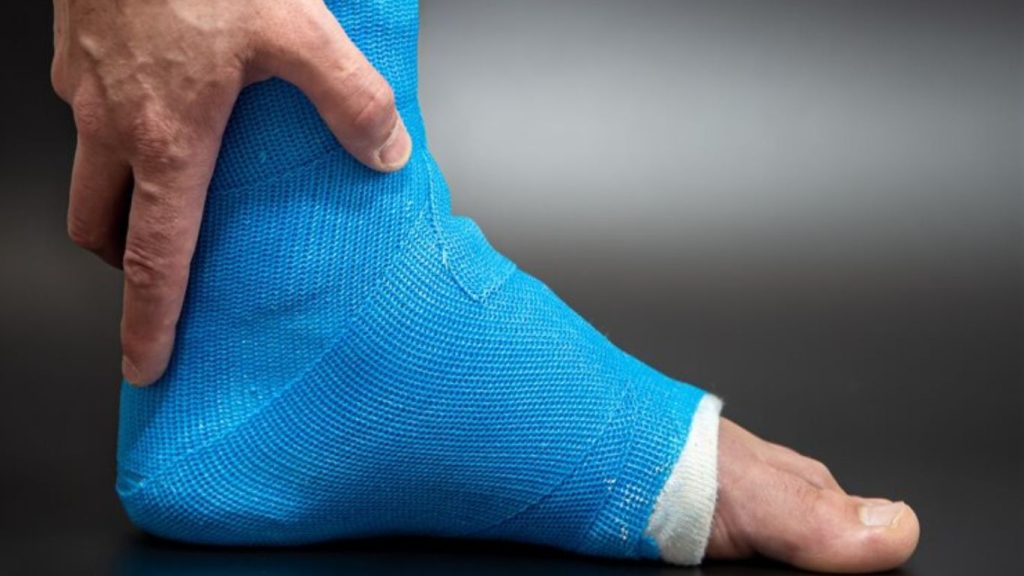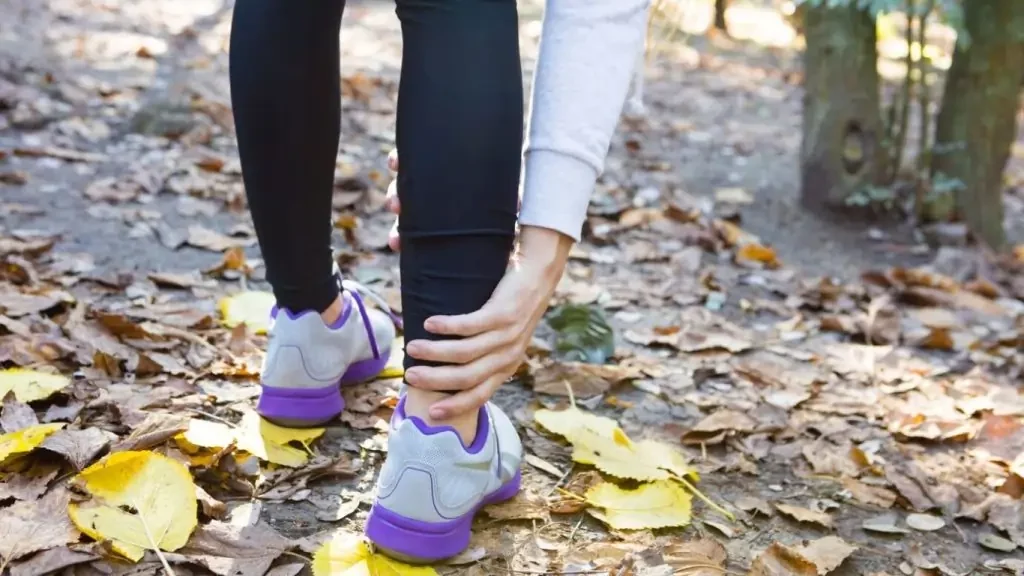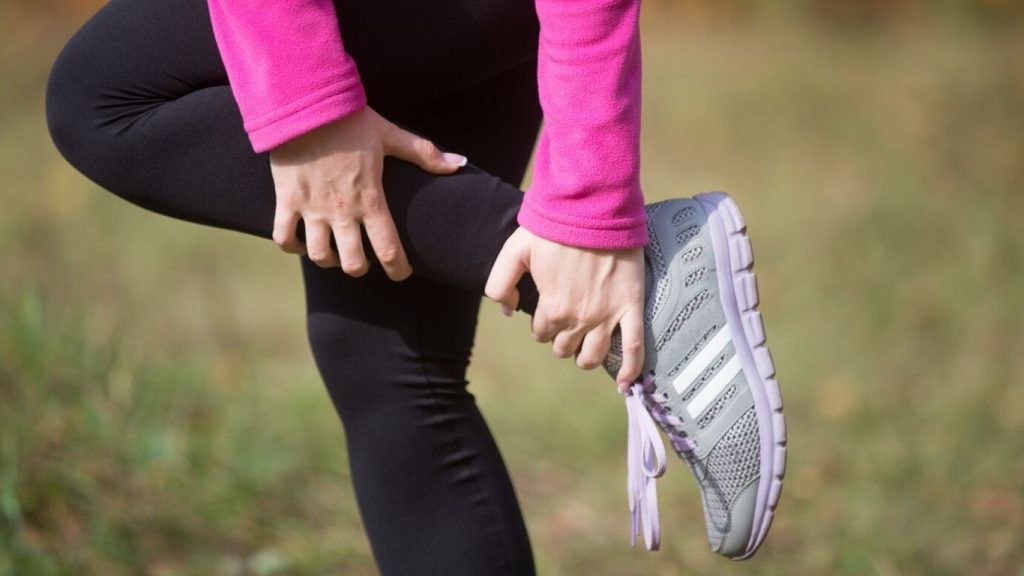Key Takeaways
- The fastest way to heal a sprain is to follow the R.I.C.E. method: Rest, Ice, Compression, and Elevation.
- Rest the injured area and avoid putting weight on it until pain subsides.
- Ice for 15–20 minutes at a time, several times a day, especially in the first 48 hours.
- Compression wraps help reduce swelling and provide support.
- Elevation above heart level minimizes fluid buildup.
- Light stretching and strengthening exercises, once approved, can speed up recovery and prevent re-injury.
- Severe sprains may require medical attention or physical therapy.
To heal a sprain faster, use the R.I.C.E. method—Rest, Ice, Compression, and Elevation—within the first 48 hours. Rest the joint, apply ice packs for 15–20 minutes several times a day, use a compression bandage to control swelling, and keep the injury elevated above heart level. As pain and swelling decrease, gentle stretches and strengthening exercises can help restore mobility. For severe or persistent sprains, consult a healthcare provider to ensure proper healing and prevent long-term issues.

Understanding Sprains
Before diving into healing techniques, it’s essential to understand what a sprain is. A sprain occurs when the ligaments, which connect bones in a joint, stretch beyond their capacity or tear. The severity can range from a minor stretch to a complete tear.
Steps to Accelerate Sprain Recovery
1. Immediate Action: The R.I.C.E Method
This is the gold standard for initial sprain treatment:
- Rest: Keep the sprained joint immobile. If necessary, use crutches or splints.
- Ice: Apply ice wrapped in a cloth for 20-minute intervals. This reduces swelling and numbs the area, alleviating pain.
- Compression: Use an elastic bandage to compress the area, but ensure it’s not so tight that it impedes circulation.
- Elevation: Elevate the sprained joint above heart level to decrease swelling.
2. Over-the-counter Pain Relievers
Non-prescription pain medicines, such as ibuprofen or naproxen, can help reduce pain and inflammation. However, always consult with a healthcare professional before starting any medication.
Read Also : How to Add Protein to Vegetable Soup

3. Physical Therapy
Once initial swelling decreases, physical therapy can be beneficial:
- Range-of-motion exercises: Gentle movements to restore joint mobility.
- Strength exercises: Build muscle around the sprained area to provide support.
- Balance and stability exercises: Especially crucial for ankle sprains to restore full function and prevent future injuries.
4. Gentle Movement
Contrary to total immobilization, gentle movement a few days post-injury can prevent stiffness and promote healing. However, it’s essential to keep movements pain-free and not overstrain the joint.
5. Immobilization
For severe sprains, especially where ligaments may be torn, it might be necessary to immobilize the area using a brace or splint. This ensures the joint heals in the correct position and prevents further injury.
6. Stay Hydrated
Drinking ample water supports the healing process by transporting nutrients essential for repair.
7. Nutrition
Certain nutrients can aid in faster recovery:
- Protein: Found in meats, dairy, and legumes, protein is essential for tissue repair.
- Vitamin C: Found in citrus fruits, bell peppers, and strawberries, it aids in collagen formation, crucial for ligament repair.
- Zinc: Found in nuts, seeds, and meat, zinc is vital for wound healing.
8. Avoid HARM
For the first 48-72 hours post-injury, avoid:
- Heat: Increases blood flow and can exacerbate swelling.
- Alcohol: Can increase bleeding and swelling, delaying recovery.
- Running or other vigorous activities: Can worsen the injury.
- Massage: Direct massage can increase bleeding and swelling.

9. Compression Wear
Consider wearing compression socks or sleeves. These can provide consistent, gentle pressure on the affected area, reducing swelling and providing support.
10. Stay Positive
A positive mindset and visualization can surprisingly influence recovery. Visualize the injured area healing and imagine yourself moving pain-free.
11. Gradual Return
Once the pain subsides and mobility returns, avoid the temptation to jump back into regular activities immediately. Gradually reintroduce activities and be mindful of any discomfort.
You can Read Also : How to Wear a Neck Brace

Conclusion
Sprains, while common, can be incredibly debilitating and frustrating. However, with the right approach, recovery can be optimized. The primary objective is to strike a balance between protection and gentle movement, ensuring the joint heals correctly without becoming stiff or weak.
Always remember to consult with healthcare professionals regarding the severity of the sprain and the best course of action. While the above steps provide a general guideline, personalized advice based on the specific injury and individual health is paramount. With patience, diligence, and care, you’ll be back on your feet (or hands, or wrists) in no time!
Frequently Ask Questions
A sprain occurs when ligaments, which connect bones in a joint, are stretched beyond their capacity or tear. It can vary in severity from a minor stretch to a complete tear.
Implement the R.I.C.E method: Rest, Ice, Compression, and Elevation. This helps in reducing initial pain, swelling, and further damage.
Ice the sprained area in 20-minute intervals, ensuring the ice is wrapped in a cloth to avoid frostbite.
While minor sprains can often be treated at home, it’s wise to consult a healthcare professional for severe sprains, especially if there’s significant pain, swelling, or if mobility is severely compromised.
Over-the-counter pain relievers like ibuprofen or naproxen can help reduce pain and inflammation. However, always consult a doctor before starting any medication.
Physical therapy offers exercises tailored to restore joint mobility, build muscle strength, and enhance balance, aiding in faster recovery and preventing future injuries.
While initial rest is crucial, complete and prolonged immobilization can lead to stiffness. Gentle movement, guided by pain tolerance, can be introduced a few days post-injury.
Once pain has subsided and you regain mobility and strength in the joint, you can consider reintroducing activities. However, it’s essential to do so gradually and remain attentive to any discomfort.
Healing a sprain efficiently requires a balance between rest and rehabilitation. When in doubt, always consult with a healthcare professional to guide recovery based on the specific nature of the injury.

[…] Read Also : How to Heal Sprains Faster […]